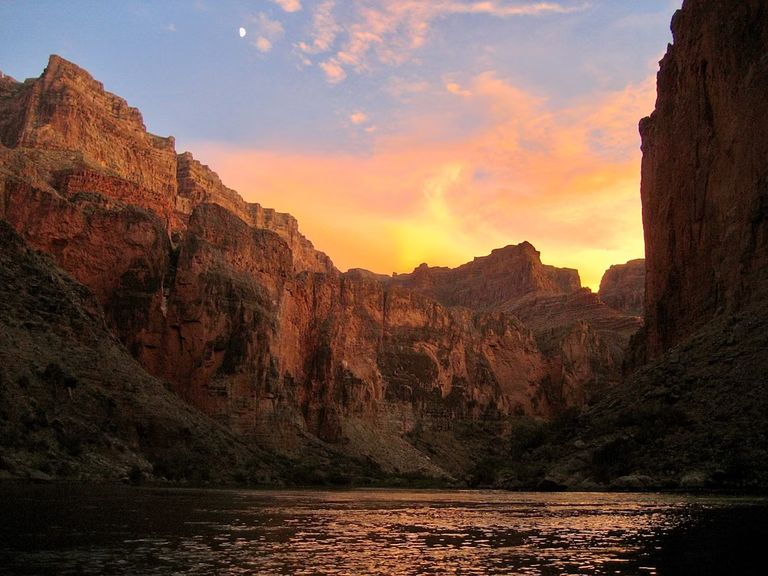The Grand Canyon is one of the most awe-inspiring natural wonders in the world. Located in northern Arizona, it stretches about 277 miles long, up to 18 miles wide, and over a mile deep. Its immense size and layered bands of red, orange, and brown rock reveal nearly two billion years of Earth’s geological history.
At the heart of the canyon’s formation is the Colorado River. Over millions of years, the river has carved its way through layers of rock, shaping the canyon’s dramatic cliffs, plateaus, and valleys. The combination of water erosion, weathering, and tectonic activity has exposed rock formations like the Vishnu Schist, one of the oldest rocks in North America.
What makes the Grand Canyon so phenomenal is not just its size, but also its diverse landscapes and ecosystems. Its elevation changes create different climates, allowing a variety of plants and animals to thrive, from desert cacti at the bottom to pine forests at the rim. The canyon’s scale, vibrant colors, and constantly shifting light create breathtaking views, especially at sunrise and sunset.
Beyond its natural beauty, the Grand Canyon holds cultural significance. Indigenous peoples, including the Havasupai, Hopi, Navajo, and Hualapai tribes, have called the region home for centuries. Their stories, traditions, and rock art are woven into the canyon’s history.
Altogether, the Grand Canyon’s vast size, rich geological history, and striking scenery shaped by the relentless power of the Colorado River make it one of the most phenomenal landscapes on Earth.

Collect the photography art on-chain over at rodeo.club👇
https://rodeo.club/post/0x88c0c6312178a541eB98f20f11bB408D4EDFe0B5/54